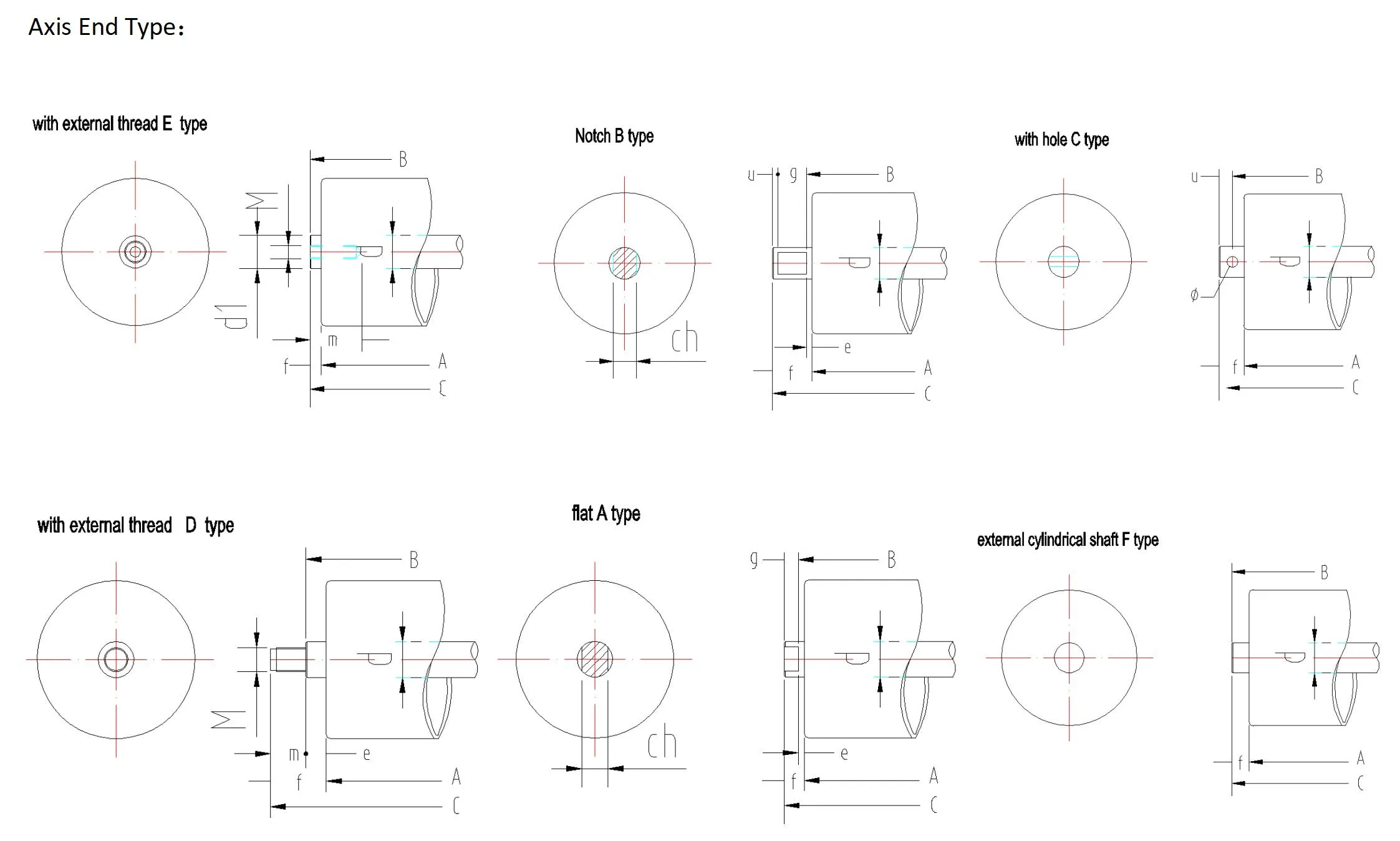 Afrikaans
Afrikaans  Albanian
Albanian  Amharic
Amharic  Arabic
Arabic  Armenian
Armenian  Azerbaijani
Azerbaijani  Basque
Basque  Belarusian
Belarusian  Bengali
Bengali  Bosnian
Bosnian  Bulgarian
Bulgarian  Catalan
Catalan  Cebuano
Cebuano  Corsican
Corsican  Croatian
Croatian  Czech
Czech  Danish
Danish  Dutch
Dutch  English
English  Esperanto
Esperanto  Estonian
Estonian  Finnish
Finnish  French
French  Frisian
Frisian  Galician
Galician  Georgian
Georgian  German
German  Greek
Greek  Gujarati
Gujarati  Haitian Creole
Haitian Creole  hausa
hausa  hawaiian
hawaiian  Hebrew
Hebrew  Hindi
Hindi  Miao
Miao  Hungarian
Hungarian  Icelandic
Icelandic  igbo
igbo  Indonesian
Indonesian  irish
irish  Italian
Italian  Japanese
Japanese  Javanese
Javanese  Kannada
Kannada  kazakh
kazakh  Khmer
Khmer  Rwandese
Rwandese  Korean
Korean  Kurdish
Kurdish  Kyrgyz
Kyrgyz  Lao
Lao  Latin
Latin  Latvian
Latvian  Lithuanian
Lithuanian  Luxembourgish
Luxembourgish  Macedonian
Macedonian  Malgashi
Malgashi  Malay
Malay  Malayalam
Malayalam  Maltese
Maltese  Maori
Maori  Marathi
Marathi  Mongolian
Mongolian  Myanmar
Myanmar  Nepali
Nepali  Norwegian
Norwegian  Norwegian
Norwegian  Occitan
Occitan  Pashto
Pashto  Persian
Persian  Polish
Polish  Portuguese
Portuguese  Punjabi
Punjabi  Romanian
Romanian  Russian
Russian  Samoan
Samoan  Scottish Gaelic
Scottish Gaelic  Serbian
Serbian  Sesotho
Sesotho  Shona
Shona  Sindhi
Sindhi  Sinhala
Sinhala  Slovak
Slovak  Slovenian
Slovenian  Somali
Somali  Spanish
Spanish  Sundanese
Sundanese  Swahili
Swahili  Swedish
Swedish  Tagalog
Tagalog  Tajik
Tajik  Tamil
Tamil  Tatar
Tatar  Telugu
Telugu  Thai
Thai  Turkish
Turkish  Turkmen
Turkmen  Ukrainian
Ukrainian  Urdu
Urdu  Uighur
Uighur  Uzbek
Uzbek  Vietnamese
Vietnamese  Welsh
Welsh  Bantu
Bantu  Yiddish
Yiddish  Yoruba
Yoruba  Zulu
Zulu Jan . 13, 2025 16:56
Back to list
Belt Conveyor Idler
Belt conveyor idlers are crucial components in the world of material handling equipment. Their performance and reliability directly influence the efficiency of conveying systems, which are essential in industries ranging from mining to manufacturing. Understanding the diverse types of conveyor idlers and their specific applications is vital for industry professionals aiming to optimize their conveyor systems.
Impact idlers are strategically placed at loading points. Unlike standard idlers, they feature rollers made with heavy-duty materials such as rubber or urethane. These materials cushion the impact when materials are loaded onto the belt, thereby protecting the belt from damage and prolonging its lifespan. Impact idlers are essential in operations where sharp, heavy, or abrasive materials are handled, underscoring their importance in industries like recycling or construction aggregates. Advanced knowledge of idler specifications—such as roll diameter, frame size, and bearing type—is essential for ensuring that the chosen idler type meets operational needs. Furthermore, the idler's environmental compatibility must align with where the conveyor operates, such as high-temperature settings, which require heat-resistant idlers. Choosing the correct type and configuration of idlers enhances the overall performance of conveyor systems. Partnering with manufacturers known for their engineering expertise and quality certification can boost reliability and efficiency. The field of conveyor technology is dynamic, with innovations aimed at reducing energy consumption, increasing load capacity, and extending the life of conveyor components, underscoring the need for continuous learning and adaptation. Ultimately, making informed decisions about belt conveyor idlers offers significant benefits. With precise selection and maintenance, companies can achieve greater throughput, lower maintenance costs, and improved safety standards — outcomes that bolster the bottom line and contribute to sustainable industrial practices.


Impact idlers are strategically placed at loading points. Unlike standard idlers, they feature rollers made with heavy-duty materials such as rubber or urethane. These materials cushion the impact when materials are loaded onto the belt, thereby protecting the belt from damage and prolonging its lifespan. Impact idlers are essential in operations where sharp, heavy, or abrasive materials are handled, underscoring their importance in industries like recycling or construction aggregates. Advanced knowledge of idler specifications—such as roll diameter, frame size, and bearing type—is essential for ensuring that the chosen idler type meets operational needs. Furthermore, the idler's environmental compatibility must align with where the conveyor operates, such as high-temperature settings, which require heat-resistant idlers. Choosing the correct type and configuration of idlers enhances the overall performance of conveyor systems. Partnering with manufacturers known for their engineering expertise and quality certification can boost reliability and efficiency. The field of conveyor technology is dynamic, with innovations aimed at reducing energy consumption, increasing load capacity, and extending the life of conveyor components, underscoring the need for continuous learning and adaptation. Ultimately, making informed decisions about belt conveyor idlers offers significant benefits. With precise selection and maintenance, companies can achieve greater throughput, lower maintenance costs, and improved safety standards — outcomes that bolster the bottom line and contribute to sustainable industrial practices.
Next:
Latest news
-
Revolutionizing Conveyor Reliability with Advanced Rubber Lagging PulleysNewsJul.22,2025
-
Powering Precision and Durability with Expert Manufacturers of Conveyor ComponentsNewsJul.22,2025
-
Optimizing Conveyor Systems with Advanced Conveyor AccessoriesNewsJul.22,2025
-
Maximize Conveyor Efficiency with Quality Conveyor Idler PulleysNewsJul.22,2025
-
Future-Proof Your Conveyor System with High-Performance Polyurethane RollerNewsJul.22,2025
-
Driving Efficiency Forward with Quality Idlers and RollersNewsJul.22,2025
OUR PRODUCTS





























